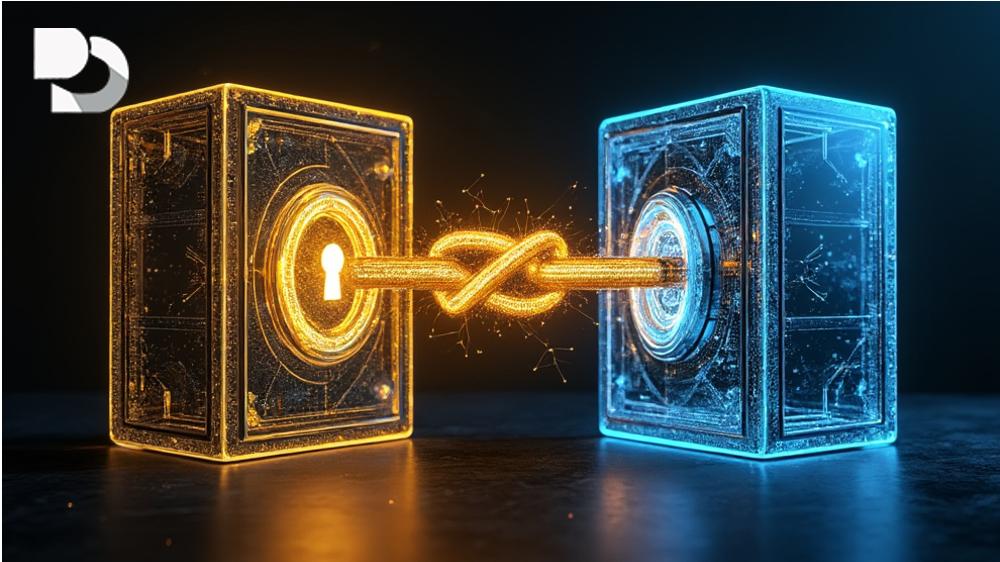
Quantum Security for Digital Finance
Danal and BTQ Technologies have unveiled a proof-of-concept for what they’re calling a quantum-secure stablecoin settlement network. This collaboration aims to address what many see as a looming threat to blockchain security—the eventual arrival of quantum computing that could potentially break current encryption standards.
The timing is interesting. Quantum computers capable of breaking today’s cryptography aren’t here yet, but the thinking seems to be that preparation needs to start now. The verification stage they’re entering will test whether these quantum-resistant protocols can actually work in practice for stablecoin transactions.
How Quantum Security Works
Traditional encryption relies on mathematical problems that are extremely difficult for conventional computers to solve. The concern is that quantum computers, with their different approach to processing, might solve these problems much faster. Post-quantum cryptography involves developing new algorithms that should remain secure even against quantum attacks.
What Danal and BTQ are trying to do is integrate these advanced cryptographic techniques directly into the stablecoin settlement process. Every transaction on their proposed network would use quantum-resistant encryption from the start. It’s a preventative measure rather than a reaction to an immediate threat.
Practical Implications and Challenges
The benefits for financial institutions could be significant if this technology proves viable. Large-scale digital asset transfers would theoretically have an extra layer of future-proof security. But implementing quantum security isn’t simple—it requires new infrastructure, testing, and likely higher computational costs initially.
There are also questions about how this would integrate with existing blockchain systems. Most current networks weren’t designed with quantum resistance in mind, so retrofitting or building new infrastructure might be necessary. The verification stage will need to address these practical concerns.
Looking Ahead
The next phase involves rigorous testing to ensure the protocols are robust and scalable enough for real-world use. If successful, we might see pilot programs emerge, though widespread adoption would likely take years. This initiative represents a proactive approach to security that’s becoming more common as the digital asset space matures.
What’s interesting to me is how this positions stablecoins specifically. Stablecoins have become crucial infrastructure in crypto, handling billions in transactions daily. Securing them against future threats makes sense from a risk management perspective. Whether this particular approach becomes standard remains to be seen, but the conversation about quantum readiness is definitely important.
The collaboration brings together Danal’s experience in digital payments and identity with BTQ’s quantum security expertise. This combination suggests they’re thinking about the full transaction lifecycle, not just the cryptographic elements. It’s a comprehensive approach, though one that faces the usual challenges of getting new security standards adopted broadly.
As quantum computing continues to develop, even if slowly, having working prototypes of resistant systems seems prudent. The crypto industry has often been criticized for reacting to security issues after they emerge—this feels like an attempt to get ahead of potential problems for once.
